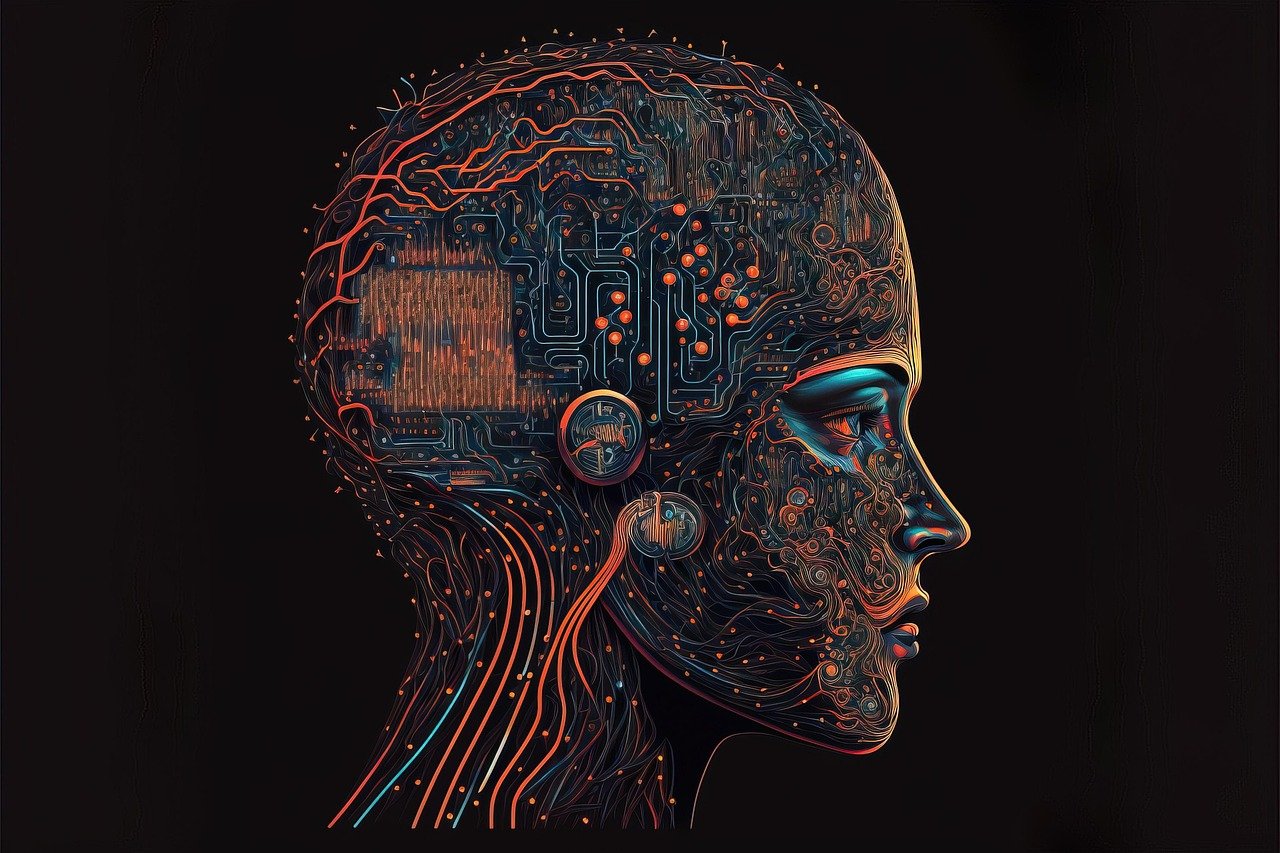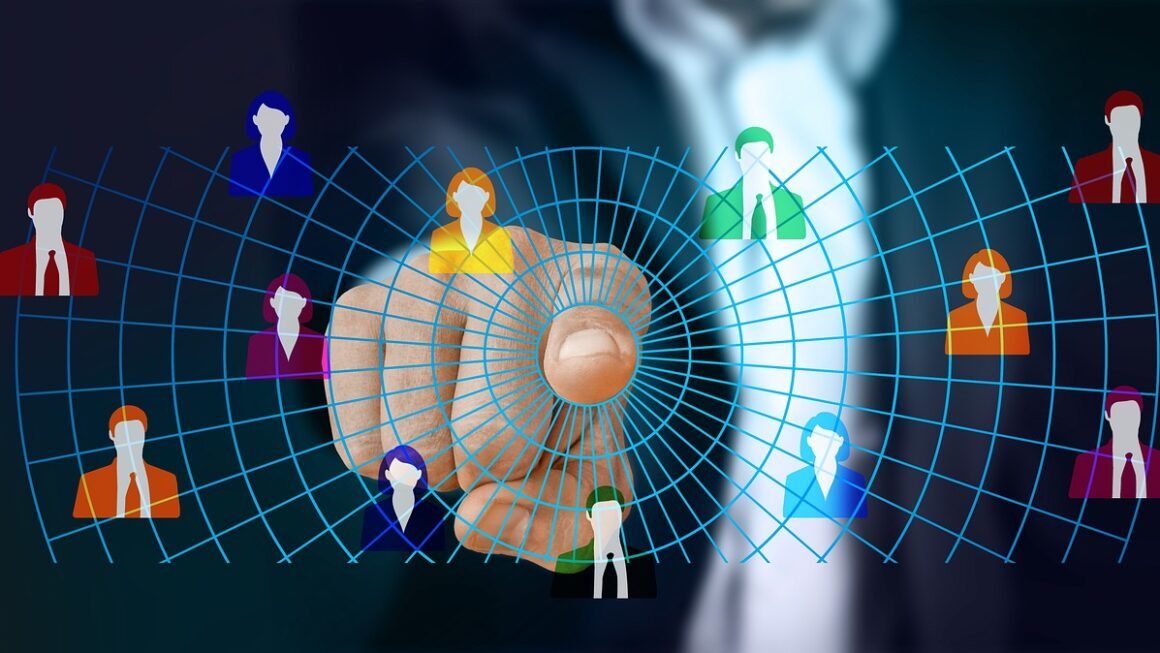Imagine a world where machines can “see” and understand the world around them just like humans do. This isn’t science fiction anymore; it’s the reality enabled by computer vision. From self-driving cars to medical diagnosis, computer vision is rapidly transforming industries and revolutionizing how we interact with technology. This comprehensive guide will delve into the fascinating world of computer vision, exploring its principles, applications, and future trends.
What is Computer Vision?
Definition and Core Concepts
Computer vision is a field of artificial intelligence (AI) that enables computers to “see,” interpret, and understand images and videos. It aims to automate tasks that the human visual system can do, such as:
- Object Detection: Identifying and locating specific objects within an image or video.
- Image Recognition: Classifying an image or video based on its content.
- Image Segmentation: Dividing an image into multiple regions or segments.
- Image Generation: Creating new images from scratch or based on existing images.
- Video Analysis: Understanding and interpreting the content of videos.
Essentially, computer vision seeks to provide machines with the ability to extract meaningful information from visual data, allowing them to perform tasks ranging from simple object recognition to complex scene understanding.
How Computer Vision Works: A Simplified Explanation
The process generally involves the following steps:
Deep learning, particularly convolutional neural networks (CNNs), has become the dominant approach in computer vision due to its ability to automatically learn complex features from raw pixel data.
Key Applications of Computer Vision
Computer vision is finding applications in a wide range of industries and domains.
Healthcare
- Medical Image Analysis: Assisting doctors in diagnosing diseases such as cancer by analyzing X-rays, MRIs, and CT scans. Computer vision can detect subtle anomalies that might be missed by the human eye.
Example: Google’s DeepMind has developed AI systems that can detect over 50 eye diseases from retinal scans with high accuracy.
- Robotic Surgery: Guiding surgical robots to perform precise and minimally invasive procedures.
- Drug Discovery: Analyzing microscopic images to identify potential drug candidates and understand their effects.
Automotive Industry
- Self-Driving Cars: Enabling vehicles to perceive their surroundings, including detecting pedestrians, traffic lights, and other vehicles. This is arguably the most high-profile application of computer vision.
- Advanced Driver-Assistance Systems (ADAS): Providing features like lane departure warning, automatic emergency braking, and adaptive cruise control.
- Manufacturing Quality Control: Identifying defects in automotive parts on the assembly line with greater speed and accuracy.
Retail and E-commerce
- Product Recognition: Allowing shoppers to scan products with their phones and instantly access information and reviews.
- Automated Checkout Systems: Enabling cashier-less stores where customers can simply walk out with their purchases, and the system automatically identifies and charges them for the items.
Example: Amazon Go stores utilize computer vision and sensor fusion to track items in a customer’s basket.
- Inventory Management: Monitoring stock levels on shelves and alerting managers when items need to be restocked.
Security and Surveillance
- Facial Recognition: Identifying individuals based on their facial features for security access and identification.
- Anomaly Detection: Detecting unusual activities in surveillance footage, such as intruders or suspicious objects.
- Crowd Management: Analyzing crowd density and movement to prevent overcrowding and ensure safety at public events.
Agriculture
- Crop Monitoring: Assessing crop health, detecting diseases, and optimizing irrigation and fertilization based on visual data.
- Autonomous Harvesting: Using robots equipped with computer vision to harvest crops automatically.
- Precision Agriculture: Targeting specific areas of a field for treatment based on visual analysis of soil and plant conditions.
Popular Computer Vision Techniques
Several techniques are commonly employed in computer vision tasks.
Image Classification
- Convolutional Neural Networks (CNNs): These are the backbone of modern image classification. CNNs automatically learn hierarchical features from images, making them highly effective for identifying objects and scenes.
- Transfer Learning: Using pre-trained models on large datasets (e.g., ImageNet) and fine-tuning them for specific tasks. This significantly reduces the training time and data requirements.
- Data Augmentation: Expanding the training dataset by applying transformations to existing images, such as rotations, flips, and zooms.
Object Detection
- Region-Based CNNs (R-CNNs): These methods first propose regions of interest in an image and then classify them.
- You Only Look Once (YOLO): A real-time object detection algorithm that divides an image into a grid and predicts bounding boxes and class probabilities for each grid cell.
- Single Shot MultiBox Detector (SSD): Another real-time object detection algorithm that uses multiple feature maps to detect objects of different sizes.
Image Segmentation
- Semantic Segmentation: Classifying each pixel in an image, assigning it to a specific object category.
- Instance Segmentation: Detecting and segmenting individual instances of objects in an image.
- U-Net: A popular architecture for image segmentation, especially in medical image analysis.
Practical Tip: Choosing the Right Technique
The choice of technique depends on the specific application and the available resources. For example, if real-time performance is crucial, YOLO or SSD might be preferred over R-CNNs. Transfer learning is often a good starting point for tasks with limited data.
Challenges and Future Trends
Despite its rapid advancements, computer vision still faces several challenges.
Challenges
- Data Requirements: Deep learning models typically require large amounts of labeled data for training.
- Computational Cost: Training and deploying complex computer vision models can be computationally expensive.
- Robustness: Computer vision systems can be sensitive to variations in lighting, viewpoint, and occlusions.
- Bias: Datasets used for training may contain biases that can lead to unfair or inaccurate results.
Future Trends
- Explainable AI (XAI): Developing methods to understand and interpret the decisions made by computer vision models.
- Federated Learning: Training models on decentralized data sources without sharing the raw data.
- 3D Computer Vision: Extending computer vision techniques to analyze and understand 3D scenes.
- Edge Computing: Deploying computer vision models on edge devices, such as smartphones and cameras, to enable real-time processing and reduce latency.
- Generative AI: Generating realistic images and videos using generative models, like GANs (Generative Adversarial Networks) and diffusion models.
Conclusion
Computer vision is a rapidly evolving field with the potential to transform virtually every aspect of our lives. From enhancing medical diagnoses to enabling self-driving cars, its applications are vast and far-reaching. While challenges remain, ongoing research and development are continually pushing the boundaries of what’s possible. As computer vision technology matures, we can expect to see even more innovative and impactful applications emerge in the years to come. Staying abreast of the latest advancements in this field is crucial for businesses and individuals alike, as computer vision is poised to be a key driver of innovation and progress across numerous sectors.



